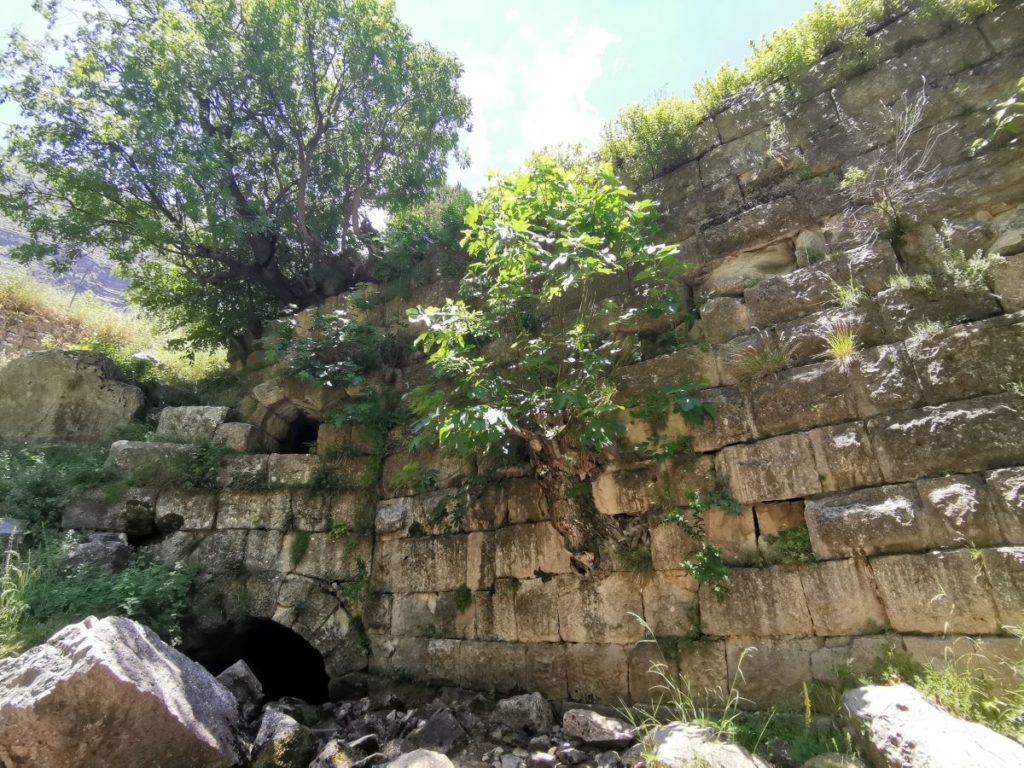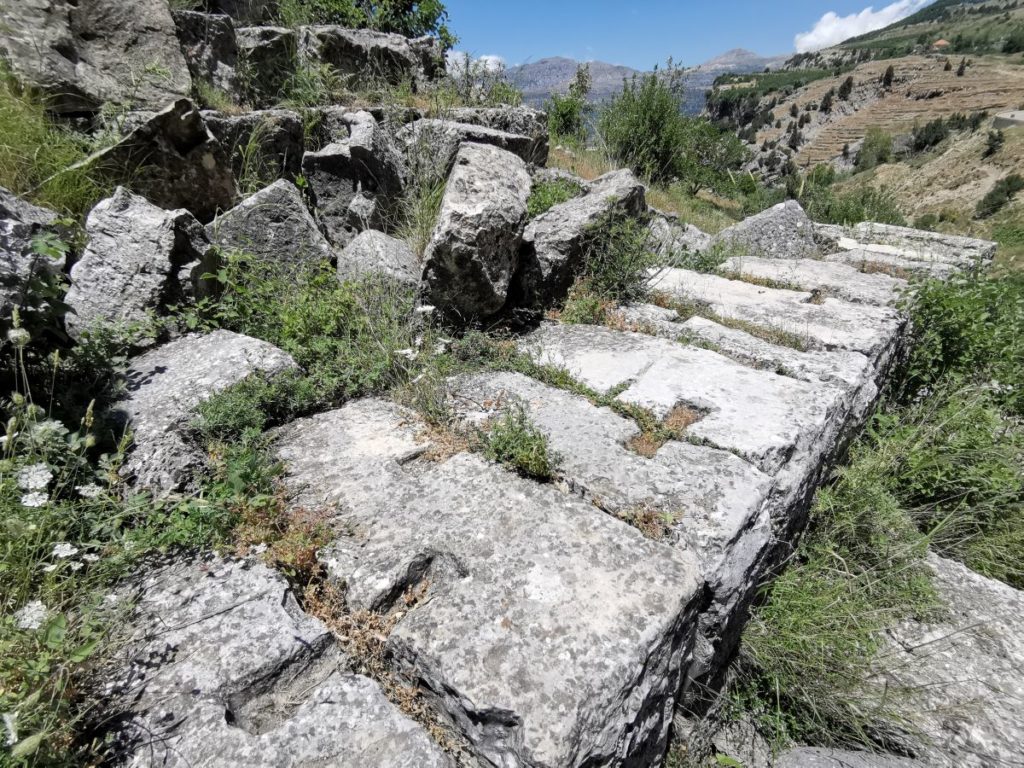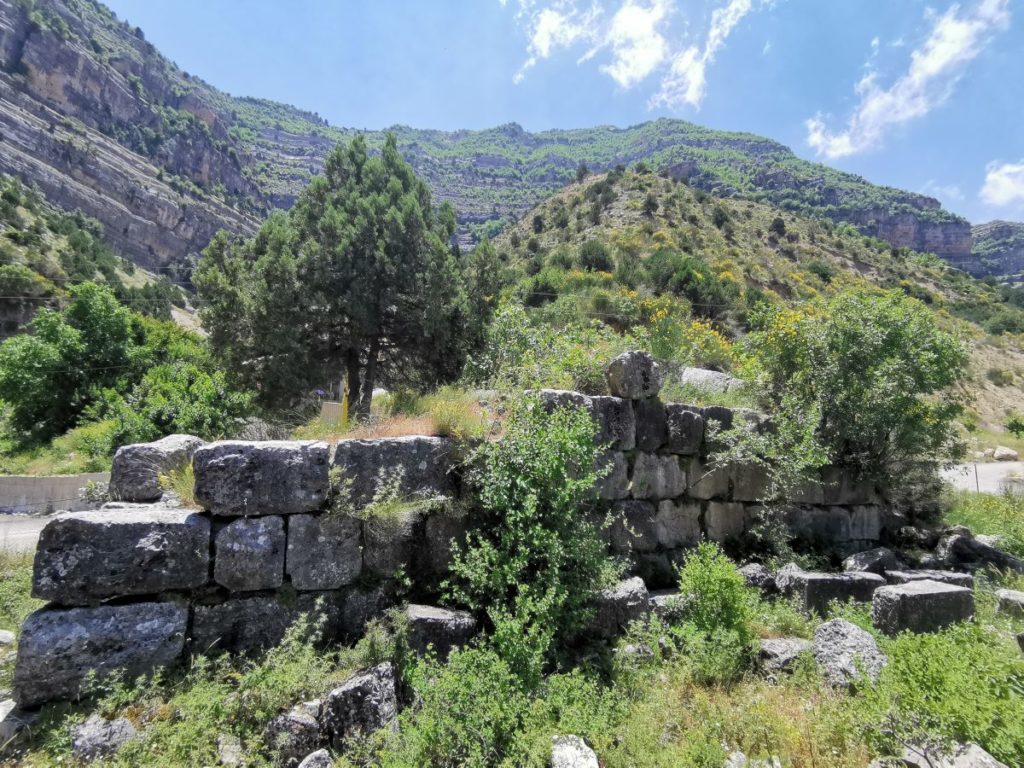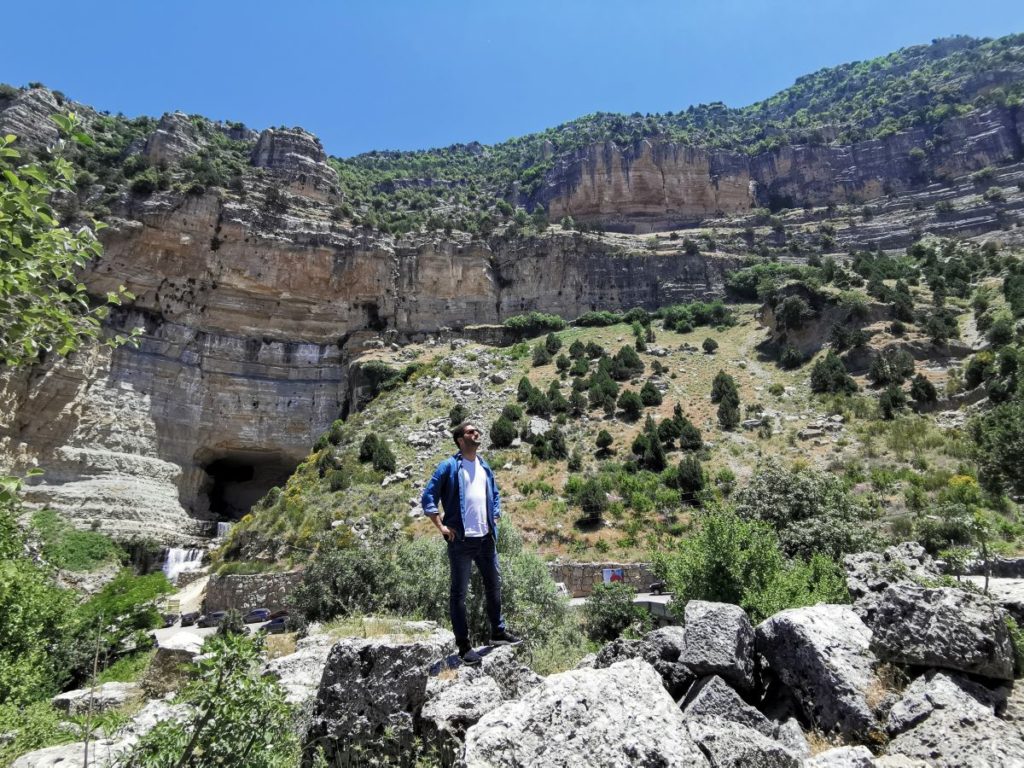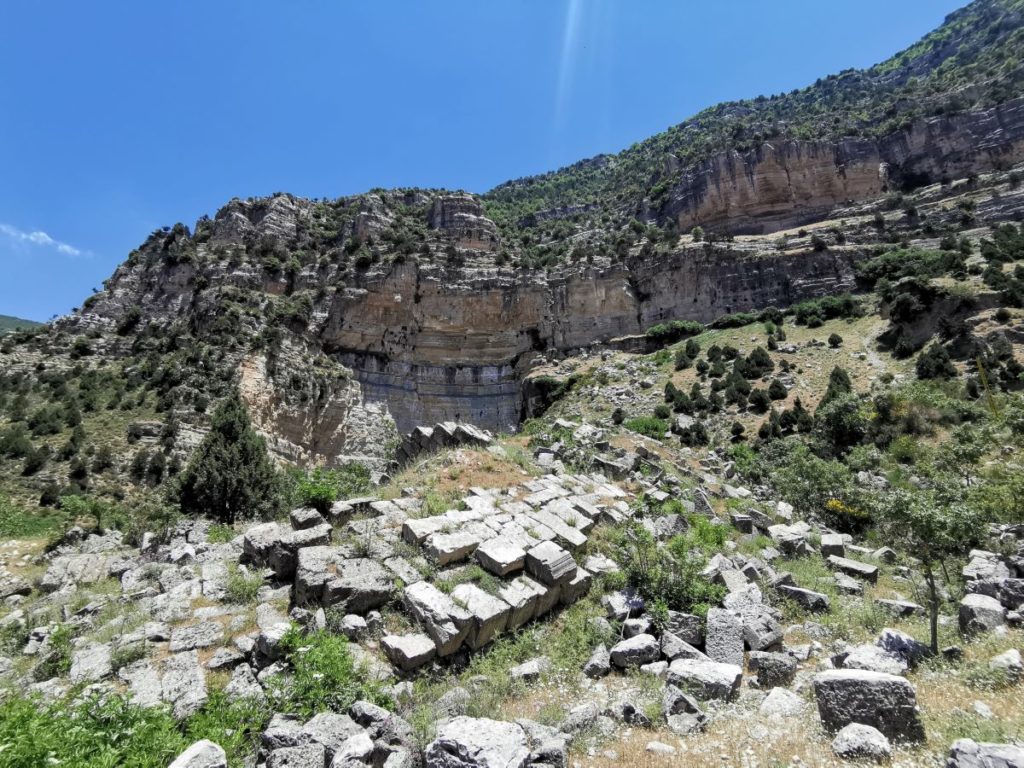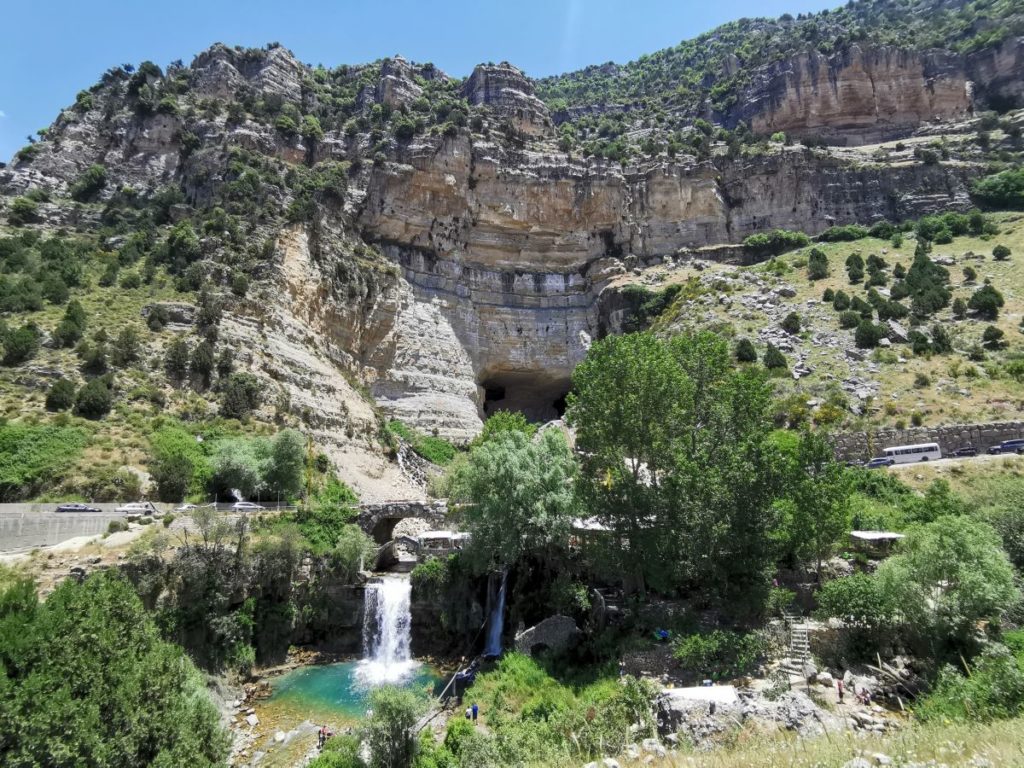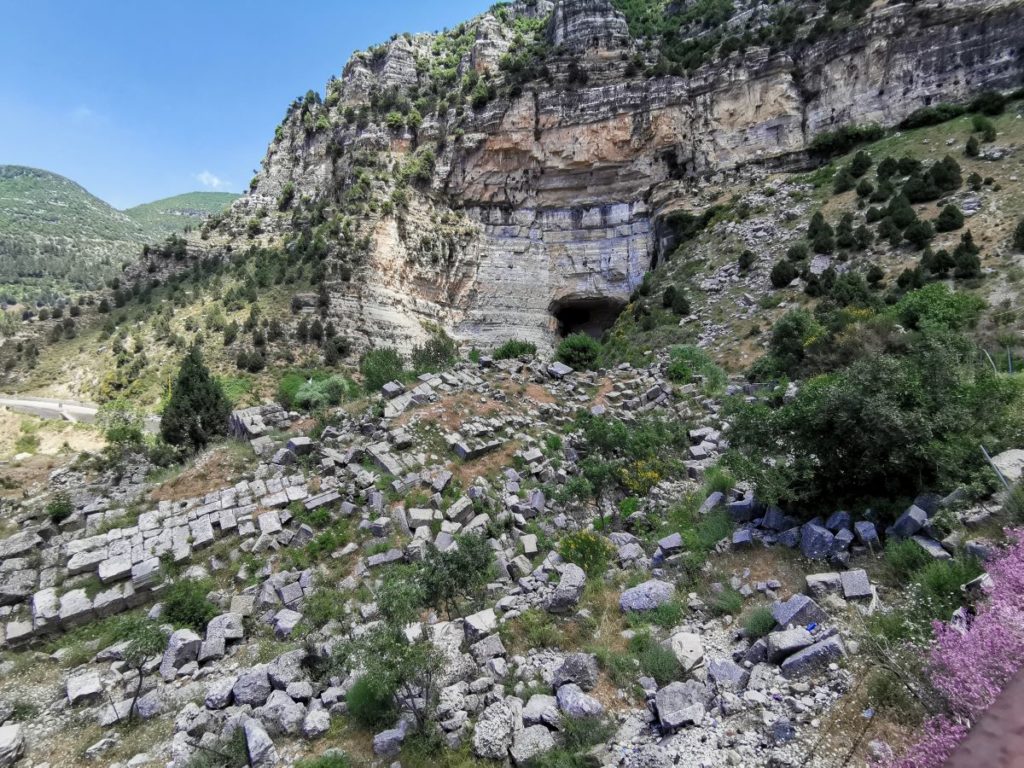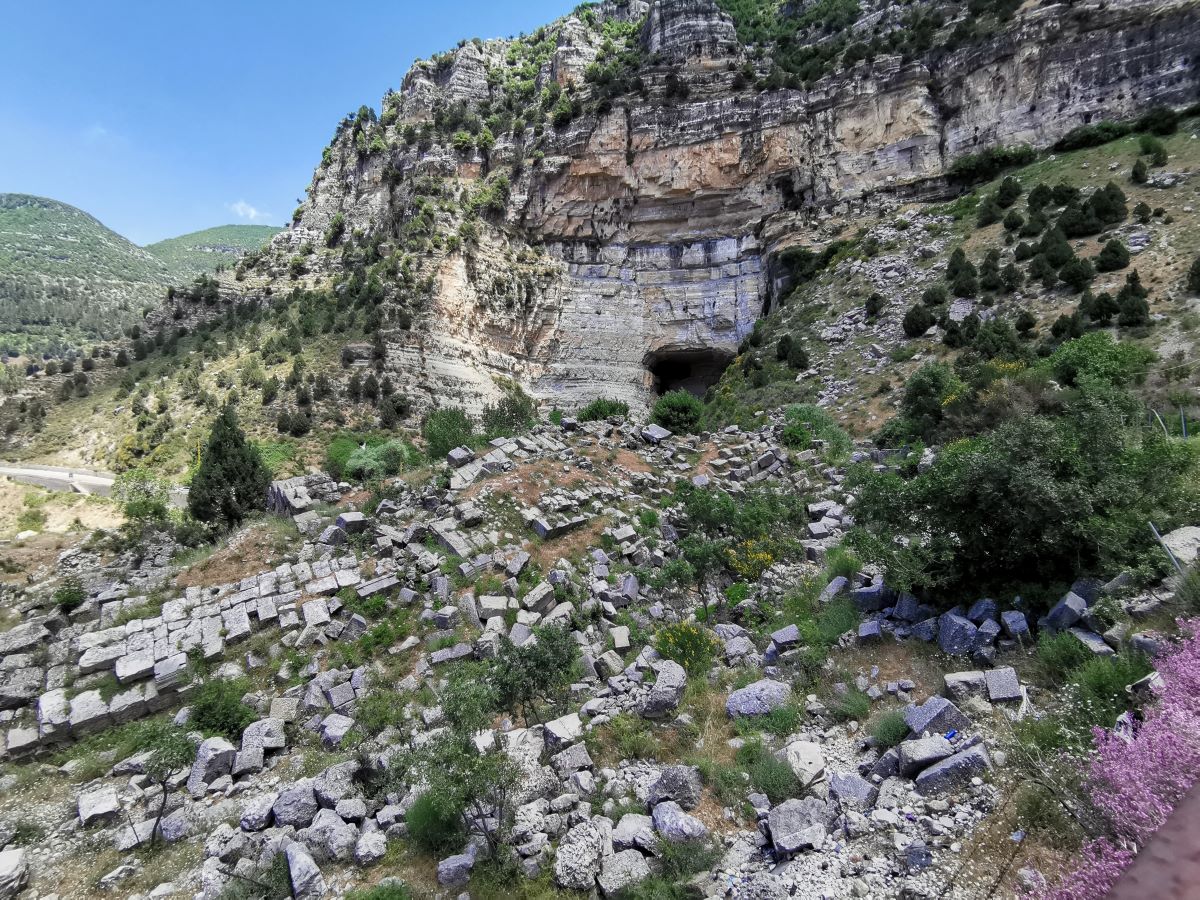The Roman-era sanctuary of Apheca dates back to the 2nd century AD. It was famous during antiquity for the ceremonial practices that took place on site, related to the myth of Adonis and Aphrodite.
Dedication and Myth
The temple was dedicated to Aphrodite, the Greek goddess of love, beauty and pleasure.
Apheca is also associated with the myth of Adonis, the moral lover of Aphrodite, who was killed by a wild boar on the edges of the cave, thus the name of the river Adonis.
Mentions
The temple was mentioned in De Dea Syria, a Greektreatise of the 2nd century AD which describes religious cults practiced in temples located in Syria and dedicated to Atargatis, the Great Goddess of Northern Syria (Identified with Aphrodite the Greek Goddess)
Zosima, juror and pagan historian of the 6th century AD described the festivities that used to take place on site, but his description would take a modern variation of the rite. The author states that Apheca was the site where Christians and Muslims from the surrounding area hang pieces of cloth from the branches of a fig tree planted near the underground gallery of the temple, as a votive offering.
The structure
The temple is a 3 story building resting on the edge of the river that flows from the cave.
The most clearly identifiable section are the remnants of the sacred temple structure and the podium, open to the west, about 40m long, of tetrastyle prostyle plan and Cornithian order.
The temple rested on a base which foundations are built with large blocks of yellow ocher sandstone. Its visible parts were made with the local gray-blue limestone, and decorated with pink granite column barrels.
According to archeologists, some of the architecture used in the construction of the temple podium belongs to an older building from a different era.
Below the temple, towards the bed of the river, there is a vaulted gallery in the basement that captures a running spring connected to the main water source.
The small reservoir which forms in front of the gallery could have been the stage of famous hydromantic ceremonies once a year.
Destruction
According to historical records, Eusebius of Caesarea, bishop of Caesarea Maritima, evoke the destruction of the temple under the order of Emperor Constantine.
The sanctuary buildings that remained would eventually collapse as a result of the ground creep, which can be clearly seen on site.
Karim Sokhn
Tour Operator & Tour Guide
References:
La Vie Religieuse Au Liban Sous L’Empire Romain – Julien Aliquo
Holy Land Of The Phoenicians, Adonis River, Valley Of The Dancing Shadows, Natural Heritage From the Mediterranean – Spaces and Species III
